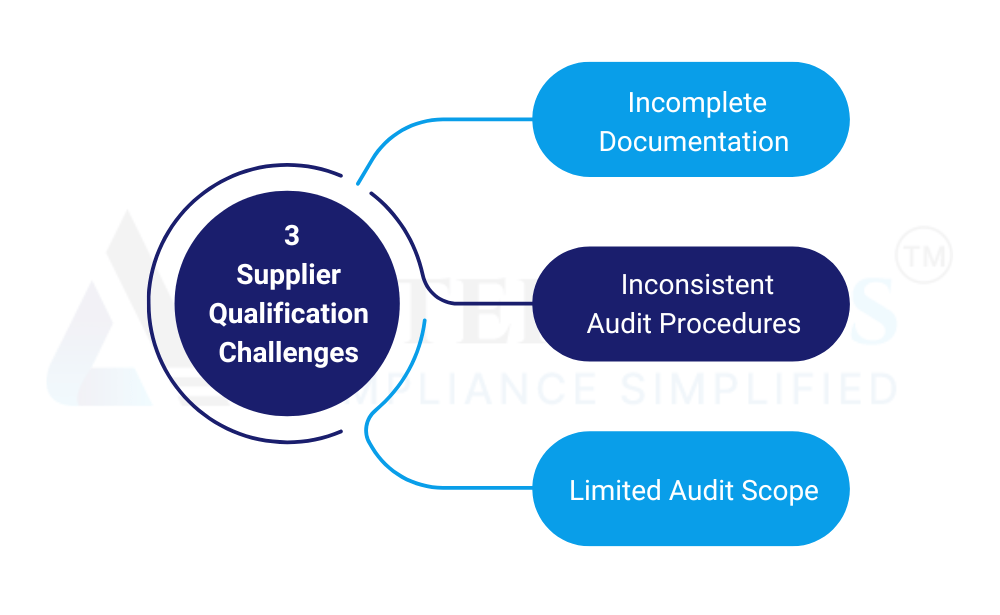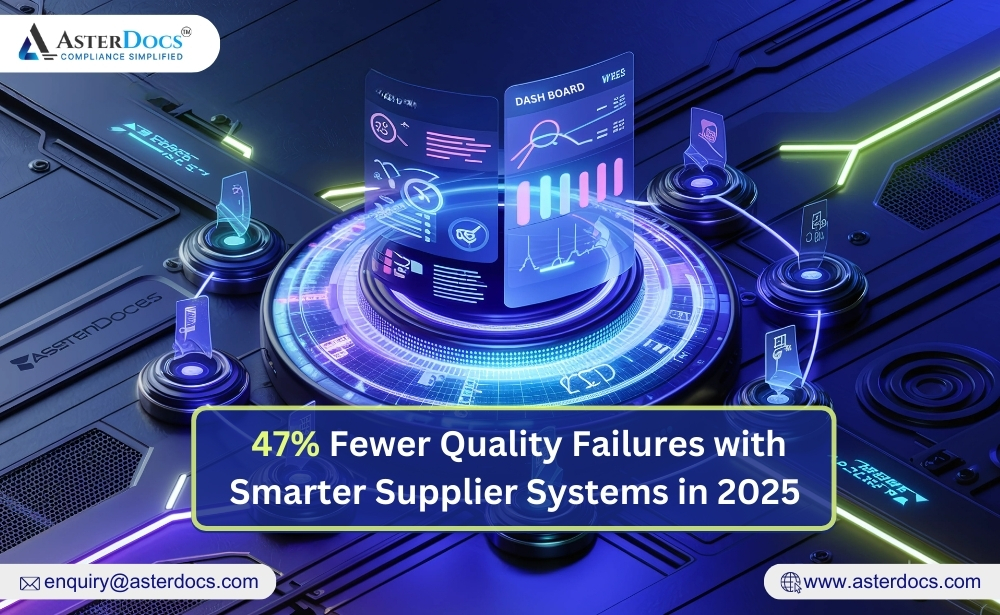A strong supplier network is the lifeblood of any successful business. But how do you ensure you’re partnering with the right vendors? Supplier qualification, the process of evaluating potential suppliers based on defined criteria, plays a crucial role. However, relying solely on spreadsheets or manual processes for audits can introduce pitfalls that jeopardize your entire qualification process.
Common Mistakes in Supplier Qualification
Let’s explore three common mistakes that can sink your supplier qualification and how to avoid them:
Mistake #1: Incomplete Documentation
Ever go digging through a messy filing cabinet? That’s what auditors feel like sifting through incomplete or disorganized supplier documentation. Missing certificates, outdated reports, and unverified information can lead to delays, frustration, and raise red flags about your supplier’s reliability.
How to Avoid It:
- Standardize Documentation Requirements: Clearly define what documents are required during the qualification process.
- Utilize a Secure Document Management System: Store all supplier documents electronically in a centralized location for easy access and version control.
- Schedule Regular Review Cycles: Set reminders to review and update supplier documentation regularly.
Mistake #2: Inconsistent Audit Procedures
Imagine having different teachers grade the same test with varying criteria. That’s the chaos of inconsistent audit procedures. Without a standardized approach, auditors might focus on different aspects, leading to uneven evaluations and unreliable results. This raises questions about the overall effectiveness of your qualification process.
How to Avoid It:
- Develop a Standardized Audit Checklist: This checklist should outline specific criteria and scoring methods for each evaluation point.
- Train Your Auditors: Ensure everyone involved in the audit process understands the checklist and scoring system.
- Conduct Regular Reviews: Periodically review your audit procedures to ensure they remain effective and address any emerging industry best practices.
Mistake #3: Limited Audit Scope
Think of an audit like a full-body scan. Manual audits, relying on paper trails and phone calls, might only examine a supplier’s surface – missing hidden vulnerabilities in critical areas like cybersecurity or environmental practices. This limited scope can leave your business exposed to unexpected risks.
How to Avoid It:
- Perform On-Site Audits: Conduct in-person visits to get a firsthand look at a supplier’s operations and verify documentation.
- Consider Third-Party Verification: Partner with reputable verification firms to access in-depth assessments of your suppliers.
- Utilize Technology: Supplier qualification software can automate tasks, gather data from various sources, and provide a more comprehensive picture of a supplier’s performance.
By avoiding these common mistakes, you can ensure a robust and efficient supplier qualification process. Remember, strong supplier relationships are key to a resilient and successful supply chain. So, build a solid foundation by conducting thorough and reliable supplier audits!













